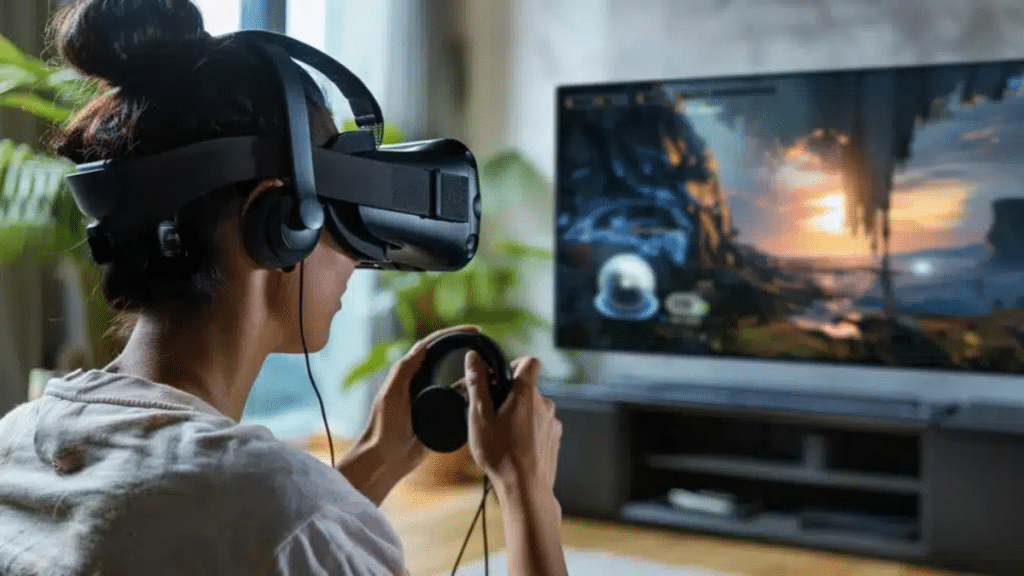Mobile games may not command the same level of hype as blockbuster console or PC titles, but they’ve quietly—and now dominantly—taken the lead in the global gaming landscape. Despite lacking the fanfare often associated with major game releases, mobile games have steadily grown into the most significant segment of the industry.
A Dominant Force in Gaming Revenue
Recent data highlights that mobile gaming isn’t just a contender; it’s the front-runner. According to Businesswire, mobile platforms are responsible for nearly 57% of the $173 billion generated globally by the video game industry. That figure, approximately $98 billion as of 2020, is projected to soar to $272 billion by 2030, if the forecasts from several mobile gaming experts hold true.
This figure encompasses a wide range of experiences—from casual, stand-alone apps to multiplayer online titles. Notably, the integration of mobile play into the online casino sector (iGaming) has contributed significantly to this rise. With modern smartphones, users now have access to games that were once confined to desktops. The variety of casino-style mobile games has exploded, with players now having access to virtually limitless options directly from their phones.
Humble Beginnings: The First Mobile Game Installations
When we consider how massive mobile gaming has become, it’s remarkable to look back at its modest start. The journey began in 1994 with a device known as the Hegnuk MT-2000, a standalone unit released in Japan that came with a pre-loaded version of Tetris.
Just a few years later, mobile phones joined the fun. In 1997, the iconic Nokia 6110 introduced Snake to the world. This simple yet addictive game was included on over 400 million phones globally and is still fondly remembered as one of the pioneers of mobile entertainment.
The Rise of Downloadable Mobile Games
The real shift toward commercial mobile gaming came in 1999 with Japan’s launch of the I-Mode platform. It allowed users to download new games directly to their phones, a novelty at the time. By the early 2000s, titles like Alien Fish Exchange and Space Invaders adaptations were gaining popularity, aided by rapid improvements in phone hardware.
This era also saw the launch of the Nokia N-Gage, a device designed to merge gaming functionality with mobile communication. Though it didn’t achieve widespread success—particularly in the West—it paved the way for more advanced gaming experiences on mobile devices. Notably, games such as Tony Hawk’s Pro Skater showcased what was possible, especially in Asian markets where the N-Gage enjoyed relatively better traction until its discontinuation in 2005.
The Smartphone Revolution and the App Store Era
A major breakthrough occurred in 2007 with the debut of the iPhone, heralding the era of smartphones. Apple followed up by launching the App Store in 2008 with a modest collection of 500 apps. Despite its small beginning, this innovation transformed app distribution and quickly became the blueprint for other platforms like Google’s Play Store.
The App Store ecosystem provided developers with powerful tools and a massive audience. This environment gave rise to cultural phenomena like Angry Birds, Flappy Bird, Candy Crush, and Plants vs Zombies. These games not only reached millions of players but also generated huge profits and even branched into films and merchandise, especially in the case of Angry Birds.
Mobile gaming wasn’t always an option for online casinos, but with the progression of having all you could need at your fingertips, smartphones now have the ability to host a number of games that weren’t previously available. The games that are available now via mobile for online casinos are now infinite!
Why Mobile Gaming Continues to Flourish
Today, mobile games dominate because they are accessible, portable, and deeply embedded in the lives of billions. Unlike consoles, which demand additional purchases and are primarily used for entertainment, mobile phones are indispensable everyday tools. This universal presence makes gaming more inclusive and immediate.
The mobile gaming industry has come a long way since the days of Snake. Its convenience, coupled with rapid tech advancements and global connectivity, has transformed it into a multibillion-dollar juggernaut—one that shows no signs of slowing down.
Let me know if you’d like this version tailored further for SEO, tone of voice, or specific platform publishing guidelines.
